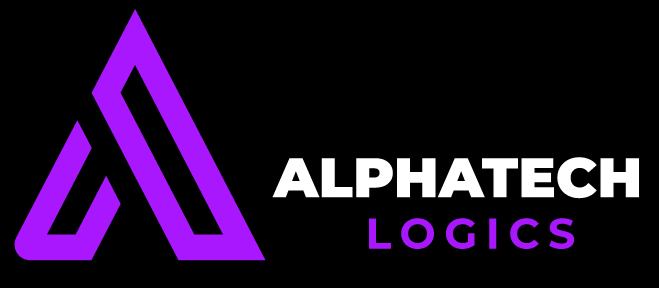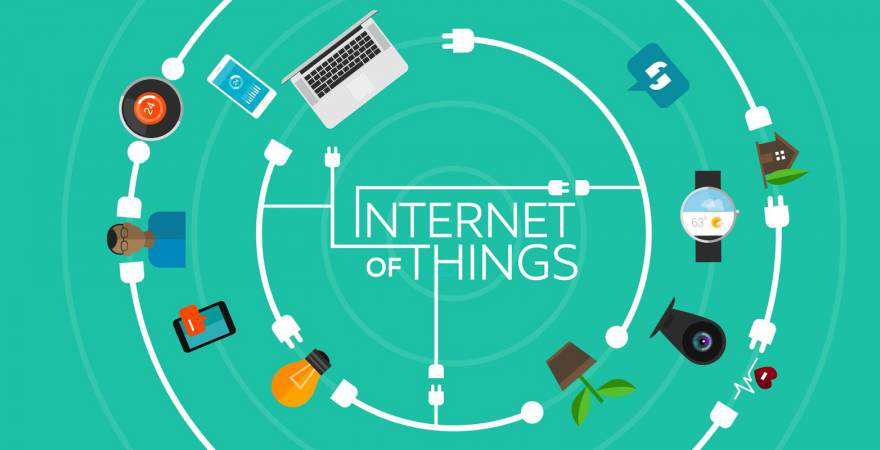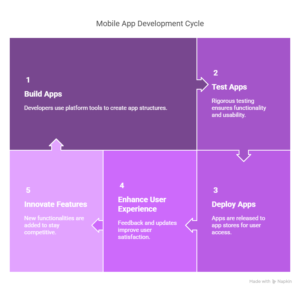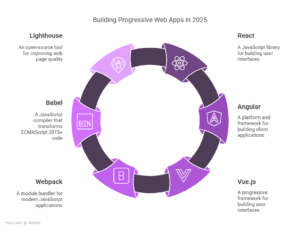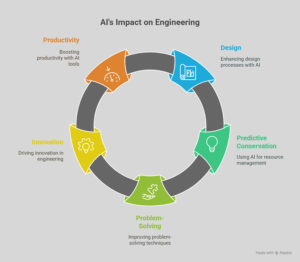Top IoT Deployment Challenges & Solutions for C-Level Executives
The Internet of Things (IoT) has transformed industries, offering unprecedented operational efficiency, real-time data insights, and automation. However, deploying IoT at scale presents significant challenges that C-level executives must navigate to ensure success. Below are the top IoT deployment challenges and their strategic solutions.
1. Security & Data Privacy Concerns
Challenge:
IoT devices generate vast amounts of data, making them attractive targets for cyber threats. Weak authentication, unpatched vulnerabilities, and unsecured networks can expose businesses to security breaches and data theft.
Solution:
- Implement end-to-end encryption for data transmission.
- Enforce multi-factor authentication (MFA) for device access.
- Regularly update firmware and security patches.
- Utilize AI-driven threat detection to identify anomalies in real-time.
2. Scalability & Integration Issues
Challenge:
Many IoT solutions struggle to scale due to fragmented architectures and lack of interoperability with existing enterprise systems.
Solution:
- Adopt a cloud-native IoT platform for seamless scalability.
- Use open APIs and standardized communication protocols (MQTT, CoAP) to enhance interoperability.
- Deploy edge computing to process data locally, reducing latency and bandwidth costs.
3. High Implementation Costs & ROI Concerns
Challenge:
IoT deployment requires significant investment in hardware, connectivity, and maintenance, making ROI calculation complex.
Solution:
- Start with pilot projects to test feasibility before full-scale deployment.
- Leverage IoT-as-a-Service (IoTaaS) models to reduce upfront costs.
- Use predictive analytics to optimize asset utilization and reduce operational costs.
4. Reliable Connectivity & Network Management
Challenge:
IoT devices rely on consistent connectivity, yet remote locations and unstable networks pose challenges for real-time data exchange.
Solution:
- Utilize hybrid connectivity (Wi-Fi, LPWAN, 5G, and satellite) for redundancy.
- Deploy network monitoring tools to ensure uptime and quick issue resolution.
- Optimize data transmission through compression and efficient data structuring.
5. Regulatory Compliance & Data Governance
Challenge:
IoT deployments must comply with various industry regulations (GDPR, HIPAA, ISO 27001) to ensure data privacy and legal compliance.
Solution:
- Work with legal and compliance teams to understand applicable regulations.
- Implement strict data governance policies and access controls.
- Conduct regular audits to maintain compliance readiness.
6. Device Lifecycle Management & Maintenance
Challenge:
Managing a large fleet of IoT devices, ensuring updates, and replacing faulty devices can be complex and resource-intensive.
Solution:
- Implement a centralized IoT device management platform.
- Automate firmware updates and remote diagnostics to minimize downtime.
- Use AI-driven predictive maintenance to reduce equipment failures.
Conclusion
IoT presents incredible opportunities but also significant challenges for businesses. By proactively addressing security, scalability, cost, connectivity, compliance, and maintenance challenges, C-level executives can ensure a successful and future-proof IoT strategy. Prioritizing robust security, flexible architectures, and cost-effective deployment models will help businesses unlock IoT’s full potential while mitigating risks.

